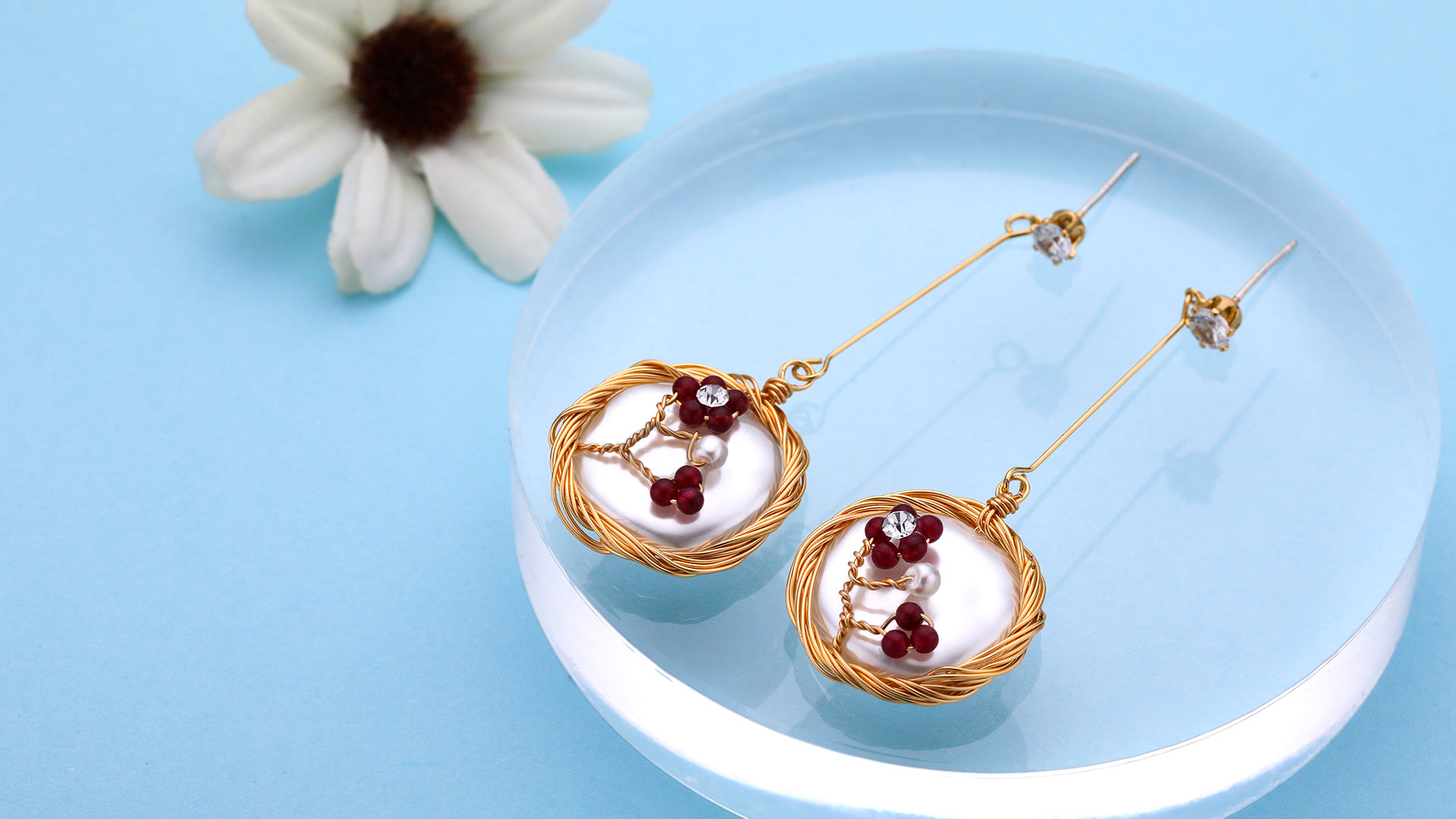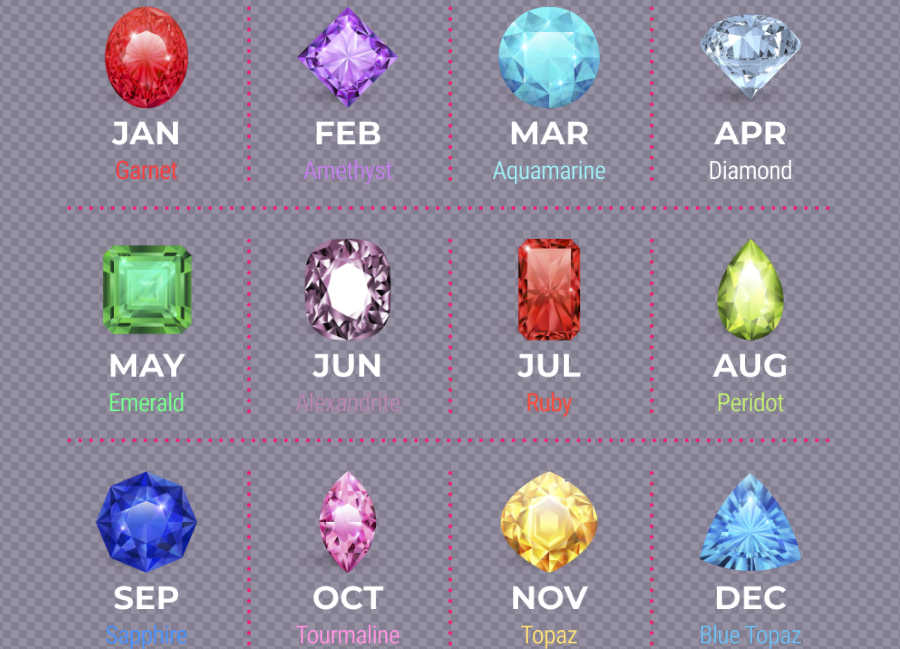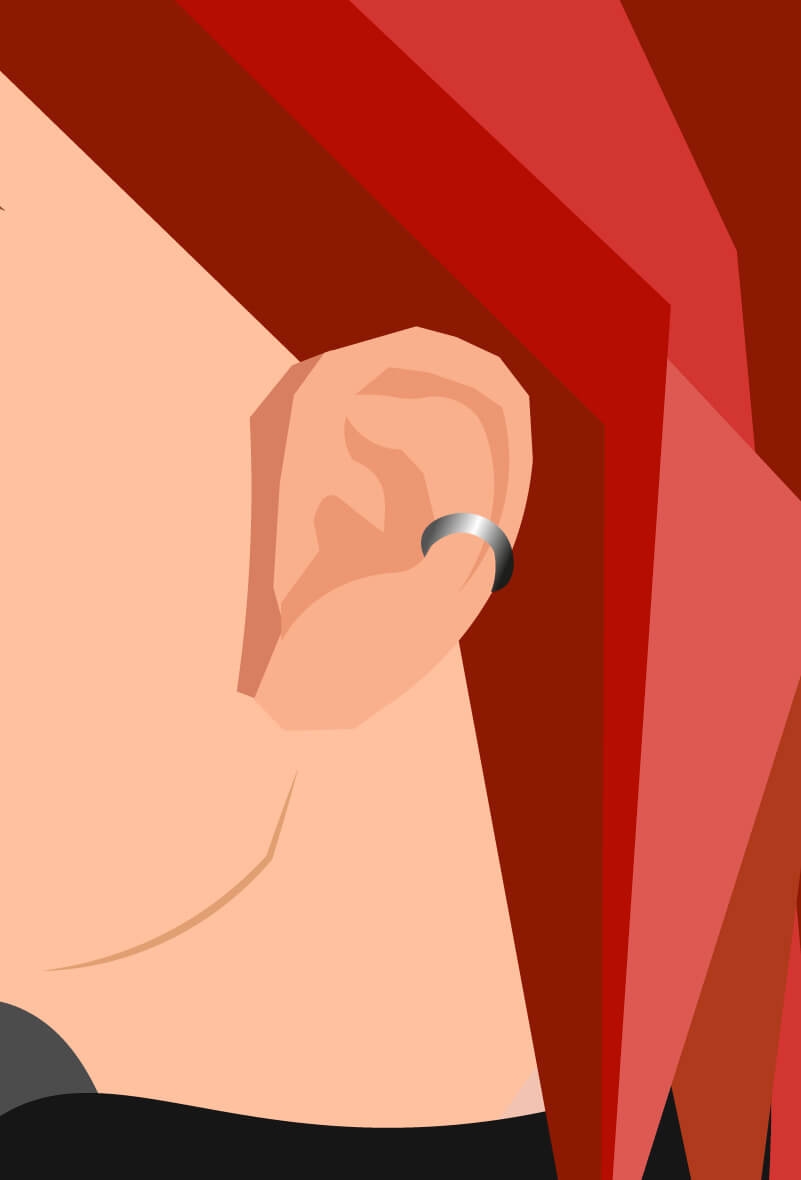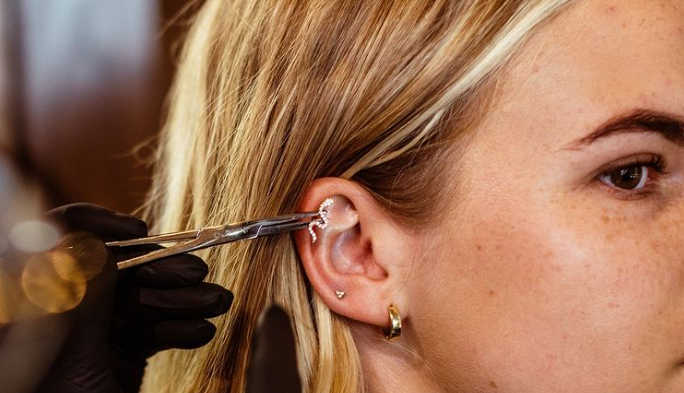The color difference.
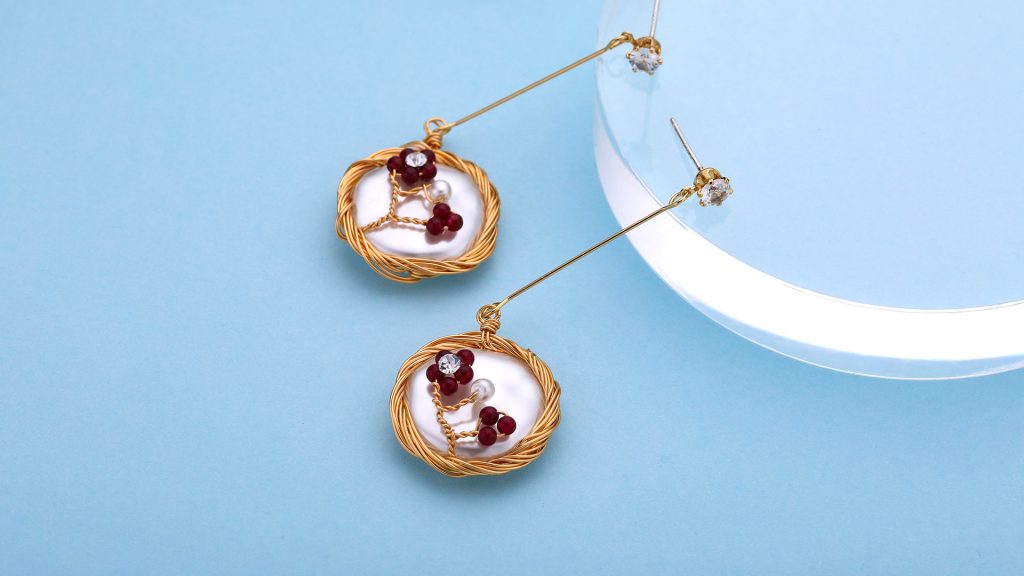
Bronze is named for its green color. It is also Brass named for its yellow color. So from the color of the basic can be roughly distinguished. To strictly distinguish, metallographic analysis is required. The dark green color you mentioned is still the color of rust, not the original color of bronze.
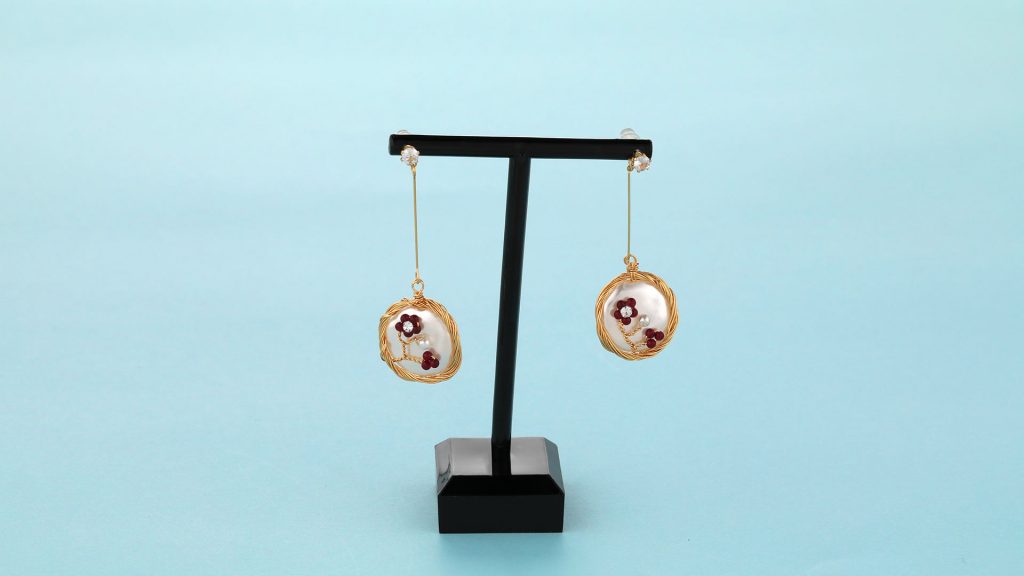
The following is a little bit of basic knowledge about copper alloys: copper alloy pure copper with some alloy brass and bronze. Factors (like zinc, tin, aluminum, beryllium, manganese, silicon, nickel, phosphorus, etc.), the forming of copper alloys. Copper alloys have better electrical conductivity, thermal conductivity, and corrosion resistance while having higher strength and wear resistance.
Differences in composition.
Copper alloys are divided into brass and bronze, etc.
Differences in composition.
- Brass
- Bronze
Brass
Brass is an alloy of copper and zinc, in proportions that can be varied to achieve varying mechanical and electrical properties.[1] It is a substitutional alloy: atoms of the two constituents may replace each other within the same crystal structure.
1. Engineering Designer 30(3): 6–9, May–July 2004
Brass is an alloy of copper with zinc as the main alloy. According to the chemical composition, brass is divided into two kinds of ordinary copper and special brass.
Ordinary brass copper-zinc two brass and bronze what are the differences?
Both are alloys. Due to good plasticity, it is suitable for the manufacture of plates, bars, wires, tubes, and deep-drawn parts, such as condensation tubes, heat sink tubes, and machinery, electrical parts, etc.
The 62% and 59% brass can also be cast, called casting brass.
Copper-zinc alloy with aluminum, silicon, manganese, lead, tin, and other brass and bronze what is the difference?
The Special Brass
The special brass is formed by adding aluminum, silicon, manganese, lead, and tin to copper-zinc alloy. Special brass to obtain higher strength, corrosion resistance, and good casting performance. For instance, lead brass, tin brass, aluminum brass, silicon brass, manganese brass, so on.
Lead Brass
Lead brass has excellent cutting performance and good wear resistance. It has excellent cutting performance and good wear resistance.
Application: in the manufacture of the clock and watch parts and in the production of shaft tiles and bushings by casting.
Tin Brass
The pros: corrosion resistance
Application: in the manufacture of marine parts.
Aluminum Brass
Application:
Silicon Brass
Silicon brass in silicon can have the ability to improve the mechanical properties, wear resistance, and corrosion resistance of copper.
Application: in the manufacture of marine parts and chemical machinery parts.
Bronze
Bronze is an alloy consisting primarily of copper, commonly with about 12–12.5% tin and often with the addition of other metals (such as aluminum. The archeological period in which bronze was the hardest metal in widespread use is known as the Bronze Age. The beginning of the Bronze Age in India and western Eurasia is conventionally dated to the mid-4th millennium BC, and to the early 2nd millennium BC in China;[2] elsewhere it gradually spread across regions. The Bronze Age was followed by the Iron Age starting from about 1300 BC and reaching most of Eurasia by about 500 BC, although bronze continued to be much more widely used than it is in modern times.
2. Robert L. Thorp, China in the Early Bronze Age: Shang Civilization, University of Pennsylvania Press (2013).
Bronze originally refers to the copper-tin alloy, but the industrial are accustomed to say containing aluminum, silicon, lead, beryllium, manganese, and other copper alloys also for bronze. So bronze includes tin bronze, aluminum bronze, aluminum bronze, beryllium bronze, silicon bronze, lead bronze, and so on. Bronze is also divided into two categories: pressure-processed bronze and casting bronze.
Tin bronze uses tin as the main alloy what is the difference between brass and bronze?
The vegetal copper-based alloy is called tin bronze. It is in industry, between 3% and 14%. The smaller than 5% tin bronze is suitable for cold processing use, to 5% to 7% tin bronze is appropriate for hot processing. Greater than 10% tin bronze suited to casting. The smaller than 5% tin bronze is suitable for cold processing use, to 5% to 7% tin bronze is appropriate for hot processing. Greater than 10% tin bronze suited to casting.
Application:
It applies to general parts as well as corrosion-resistant, anti-magnetic parts, etc.
Aluminum bronze with aluminum as the main alloy brass and bronze what is the difference?
It is a copper-based alloy called aluminum bronze. Its mechanical properties than brass and tin bronze.
Practical applications of aluminum bronze aluminum-containing brass and bronze what is the difference?4
Between 5% and 12%, aluminum-containing 5% to 7% aluminum bronze plasticity is the best, suitable for cold processing use.
After greater than 7% to 8%, what is the difference between brass and bronze strength?4
It is suitable for heating, but the plasticity drops sharply. Application: in the cast state or after hot working. Aluminum bronze wears resistance and corrosion resistance in the atmosphere, seawater, seawater carbonic acid, and most organic acids, are higher than brass and tin bronze. Aluminum bronze can make gears, bushings, worm gears, and other high-strength anti-wear parts as well as high corrosion resistance.
Beryllium bronze uses beryllium as the basic brass and bronze?
Beryllium bronze
It is 1.7%~2.5%. Beryllium bronze has a high elastic limit and fatigue limit.
Tin bronze
It is mostly used in industry, between 3% and 14%. The smaller than 5% tin bronze is suitable for cold processing use, to 5% to 7% tin bronze is appropriate for hot processing. Greater than 10% tin bronze suited to casting.
Application:
- in shipbuilding, chemical, machinery, instrumentation, and other industries
- manufacture bearings, bushings, and other wear-resistant parts and springs
It applies to general parts as well as corrosion-resistant, anti-magnetic parts, etc.
Aluminum bronze with aluminum as the main alloy brass and bronze what is the difference?
Its mechanical properties than brass and tin bronze.
Practical applications of aluminum bronze aluminum-containing brass and bronze what is the difference?
Between 5% and 12%, aluminum-containing 5% to 7% aluminum bronze plasticity is the best, suitable for cold processing use.
After greater than 7% to 8%, what is the difference between brass and bronze strength?
Heating suitable, but plasticity drops sharply. Application: in cast state or after hot working. Aluminum bronze wears resistance and corrosion resistance in the atmosphere, seawater, seawater carbonic acid, and most organic acids, are higher than brass and tin bronze. Aluminum bronze can make gears, bushings, worm gears, and other high-strength anti-wear parts as well as high corrosion resistance.
Beryllium bronze uses beryllium as the basic brass and bronze.
It is called beryllium bronze. It is 1.7%~2.5%. Beryllium bronze has a high elastic limit and fatigue limit. Moreover, the wear resistance and corrosion resistance are excellent. It has good electrical conductivity and thermal conductivity. It also has the advantages of non-magnetic and non-sparking when impacted.
Applications: manufacturing important springs for precision instruments, clock gears, bearings, bushings under high speed and pressure, and electrodes for important mechanical parts such as welding machines, explosion-proof tools, navigation compasses, etc.
Which is more expensive, brass or bronze?
Brass copper-zinc alloy, bronze copper-tin alloy. Maybe some people buy brass casting, some buy bronze forging. Then the price must be different, and there are different regions and different dates. Generally speaking brass (copper-zinc alloy) is cheaper.
Ten articles before and after
Pink Gold vs. Red Gold vs. Rose Gold : What is rose gold really made of ?
THE DIFFERENCE BETWEEN GOLD FILLED JEWELRY AND GOLD PLATED JEWELRY
What are the types of jewelry surface finishes and techniques ?
How to choose ODM and OEM ? Churinga will tell you
Zircon vs Cubic Zirconia : what is the difference between zircon and cubic zirconia ?
Who’s the Best, Fashion Jewelry, Semi-Fine Jewelry and Fine Jewelry
What are the Benefits of Stainless Steel Jewelry?
